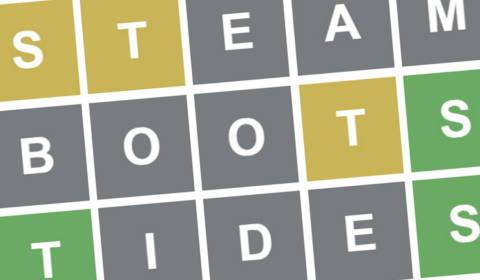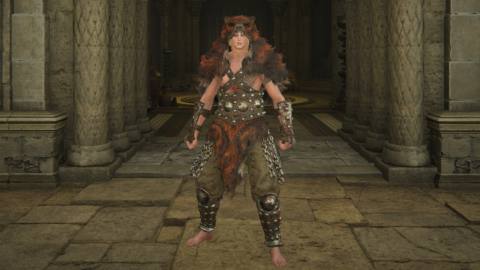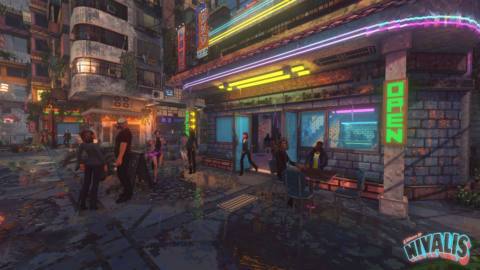Even when you reach the heart of FromSoftware in glittering western Tokyo, the studio behind Elden Ring holds tight to its secrets. Tantalizingly close, beyond a door my guest keycard won't unlock, its developers are putting the final touches on expansion Shadow of the Erdtree after more than two years. After playing it for hours and felling three brutal bosses, I can't believe how little it feels like I've seen of this new doomed realm.

According to Elden Ring's director, its one and only expansion was always destined to be a colossus.
Hidetaka Miyazaki has a cold bottle of water in front of him. He wears long sleeves despite the looming summer heat outside. He does not have a watch. He keeps his phone politely ensconced in its wallet-style case, but I can tell by the thickness it's the snazzy type that unfolds into a small tablet. None of these small details reveal much about the president of FromSoftware, who rarely divulges much about the cryptic stories of his games and even less about himself. “We think the DLC will provide some supplementary information and some extra ideas. We wouldn't necessarily call them answers, but something that will stir the player's imagination in regards to the base game even more,” he says slyly.
There's a gold ring on Miyazaki's left hand, the only hint at the private life he'll be heading home to late tonight. After tending to what was almost certainly more important business until 5 o'clock, he has our interview standing between him and the end of the day—or perhaps, given his famous work ethic in a country known for its long hours, I'm just a miniboss standing between him and more quality time in his office, and not a particularly imposing one next to the Erdtree boss that just killed me a dozen times by flattening me with a gigantic magical moon.
My attacks are, at best, grapefruit-sized. Perhaps because we've finally reached the end of a journey that started in 2017, though, Miyazaki is more talkative than I expected.
“At the very outset there were a lot of possibilities, but one of the things that was determined very early on was that size. We wanted that sense of scale for this map, because we wanted an experience for the player that was going to match that of the base game. We wanted them to experience that sense of discovery, and that sense of wonder and exploration again. We needed a map that was going to uphold that.”
He says that Erdtree's story was actually planned as a part of Elden Ring, but “around halfway through development” they realized it wasn't going to fit. And so the makings of an expansion following Miquella, the brother of infamously deadly hidden boss Malenia, began to take shape. I'll leave the exhaustive lore deep dive to others, but my takeaway from a day-long journey into The Land of Shadow in search of Miquella is this: the most powerful god in Elden Ring's pantheon is having a Bad Time.
Violent cartographer
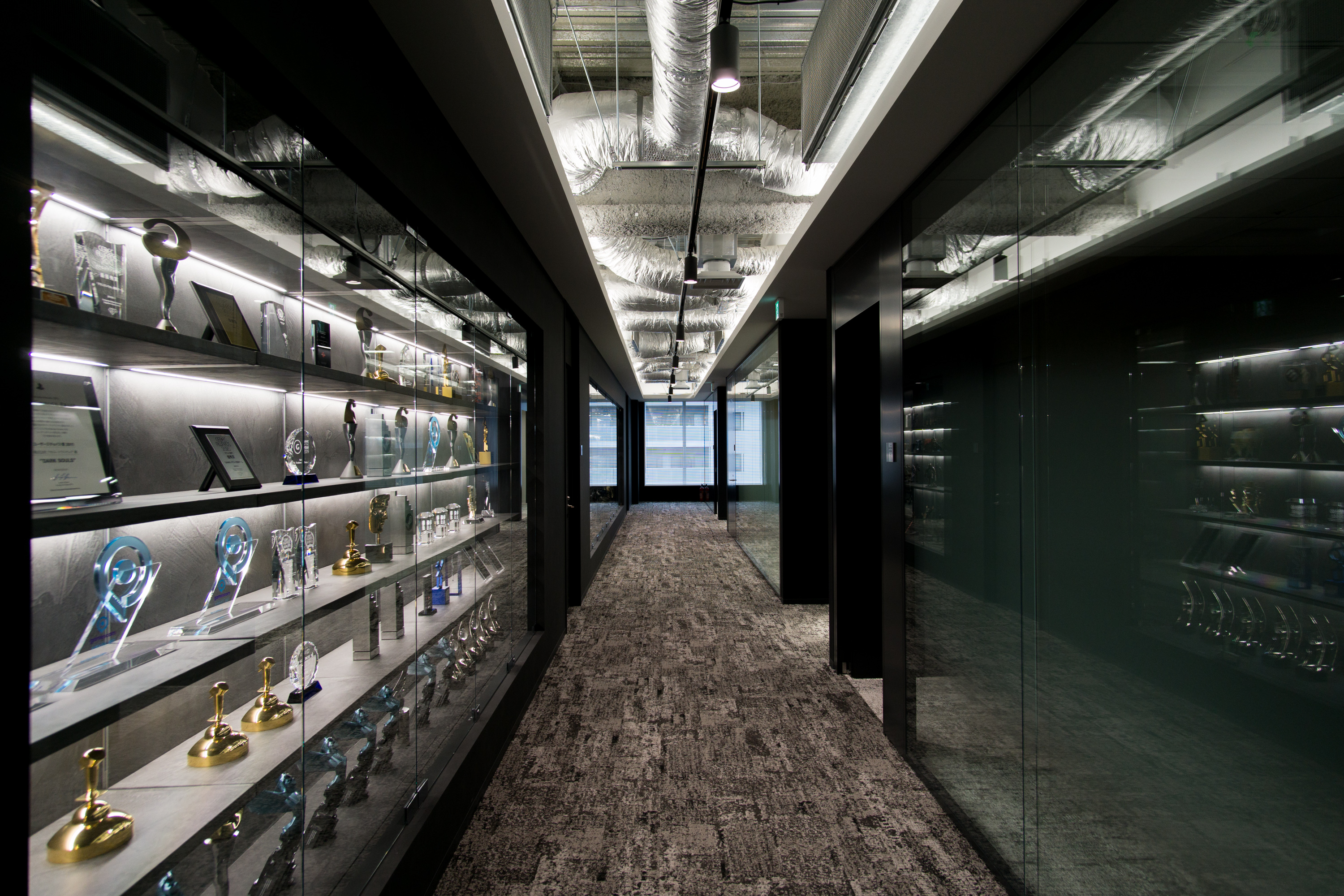
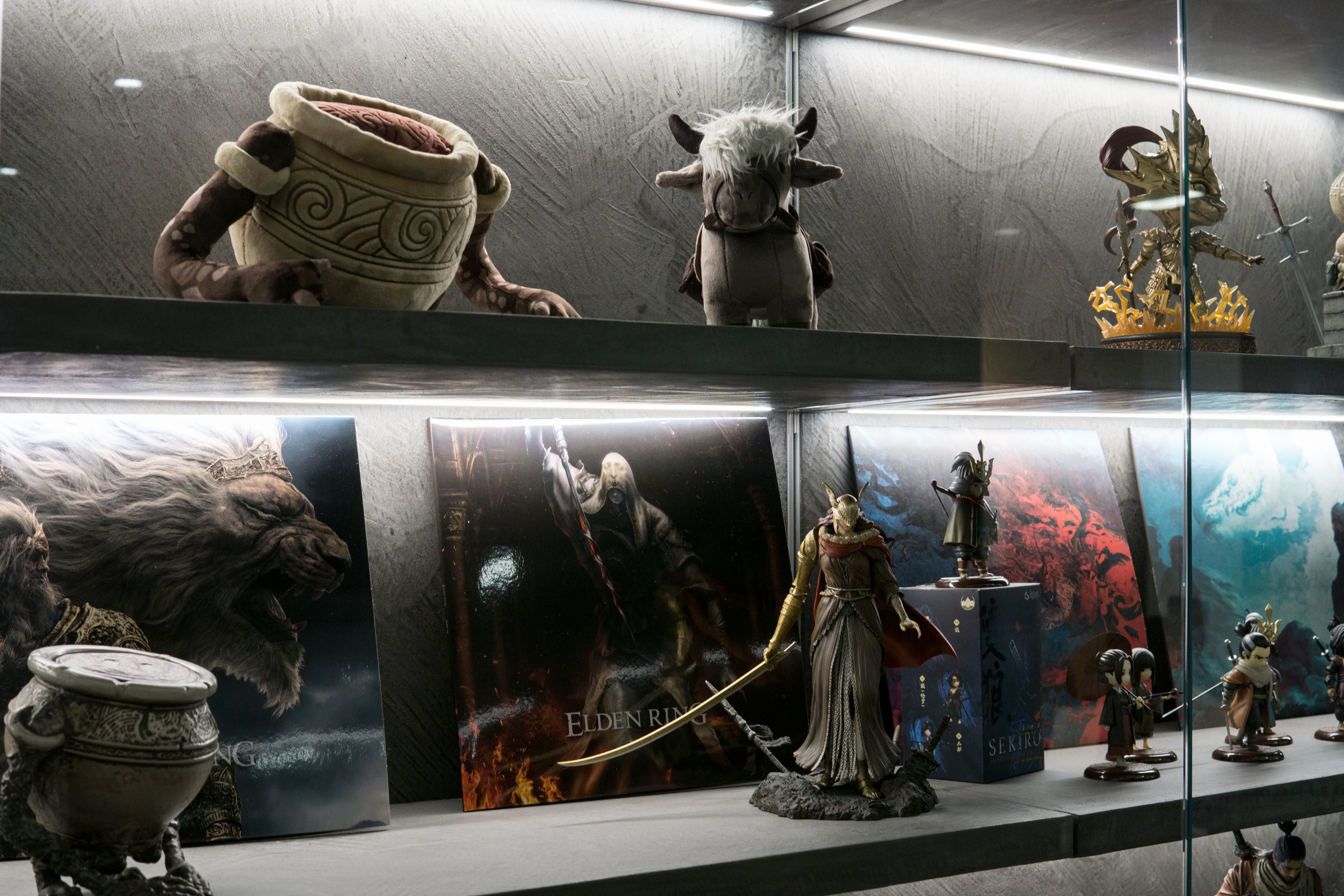
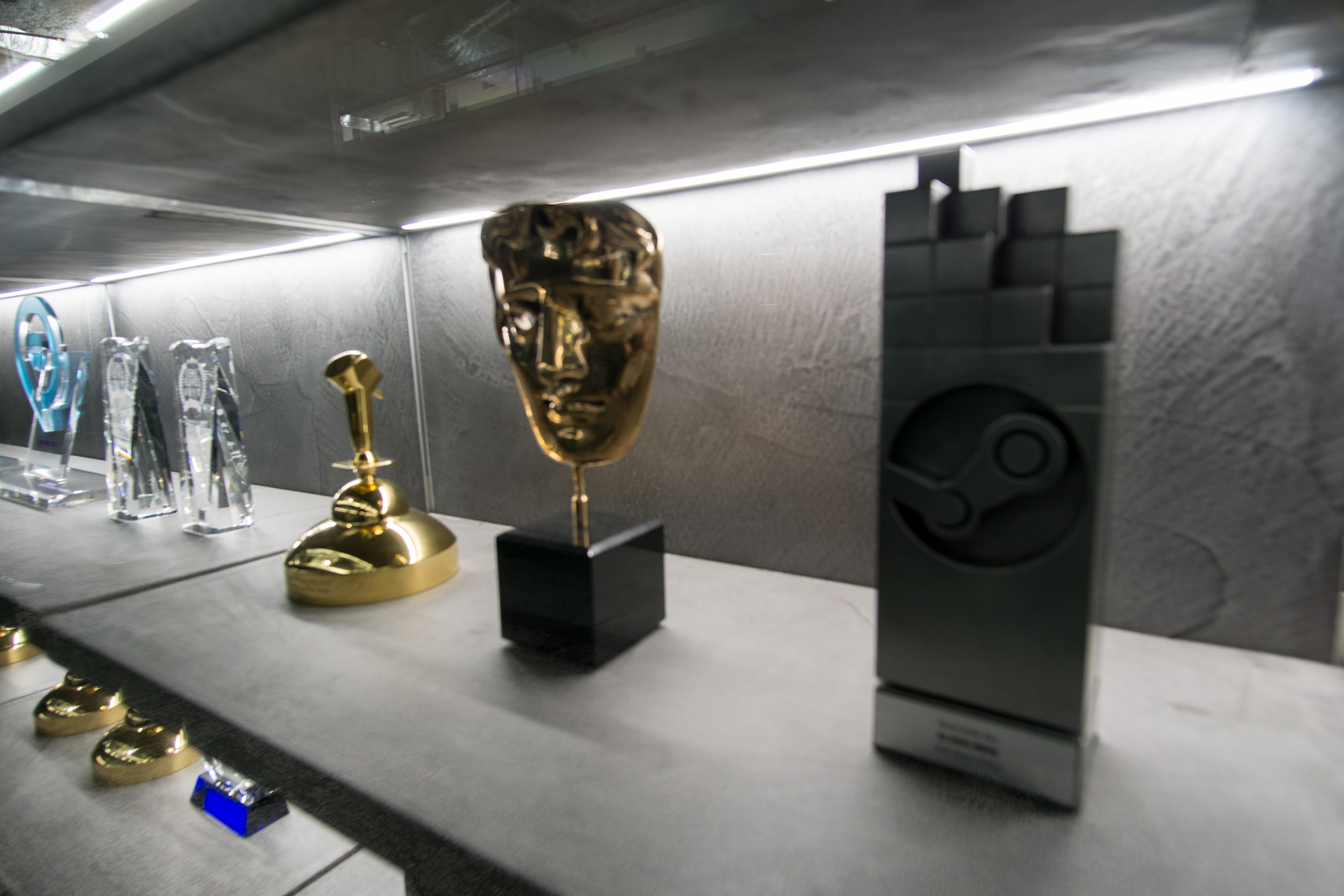
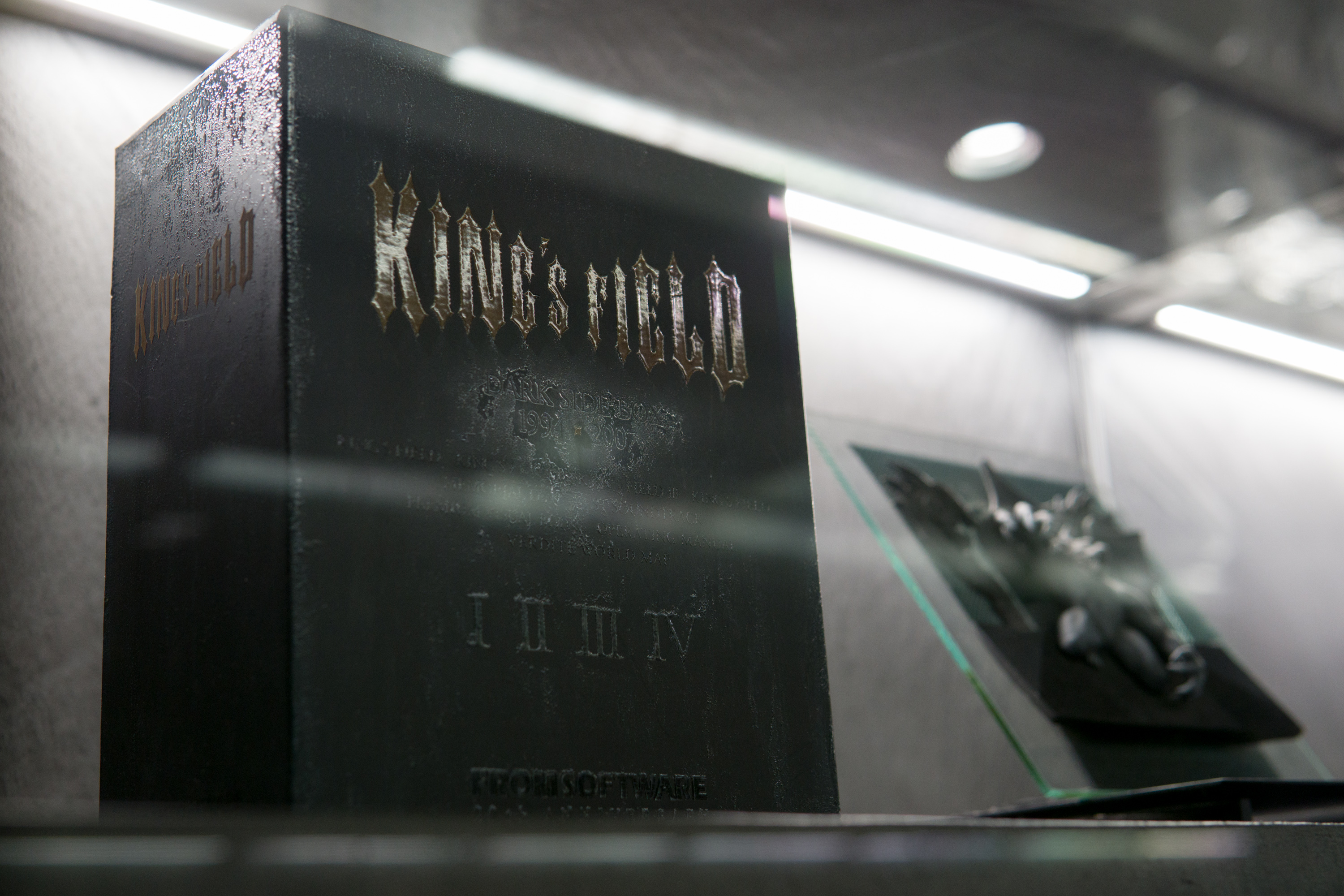
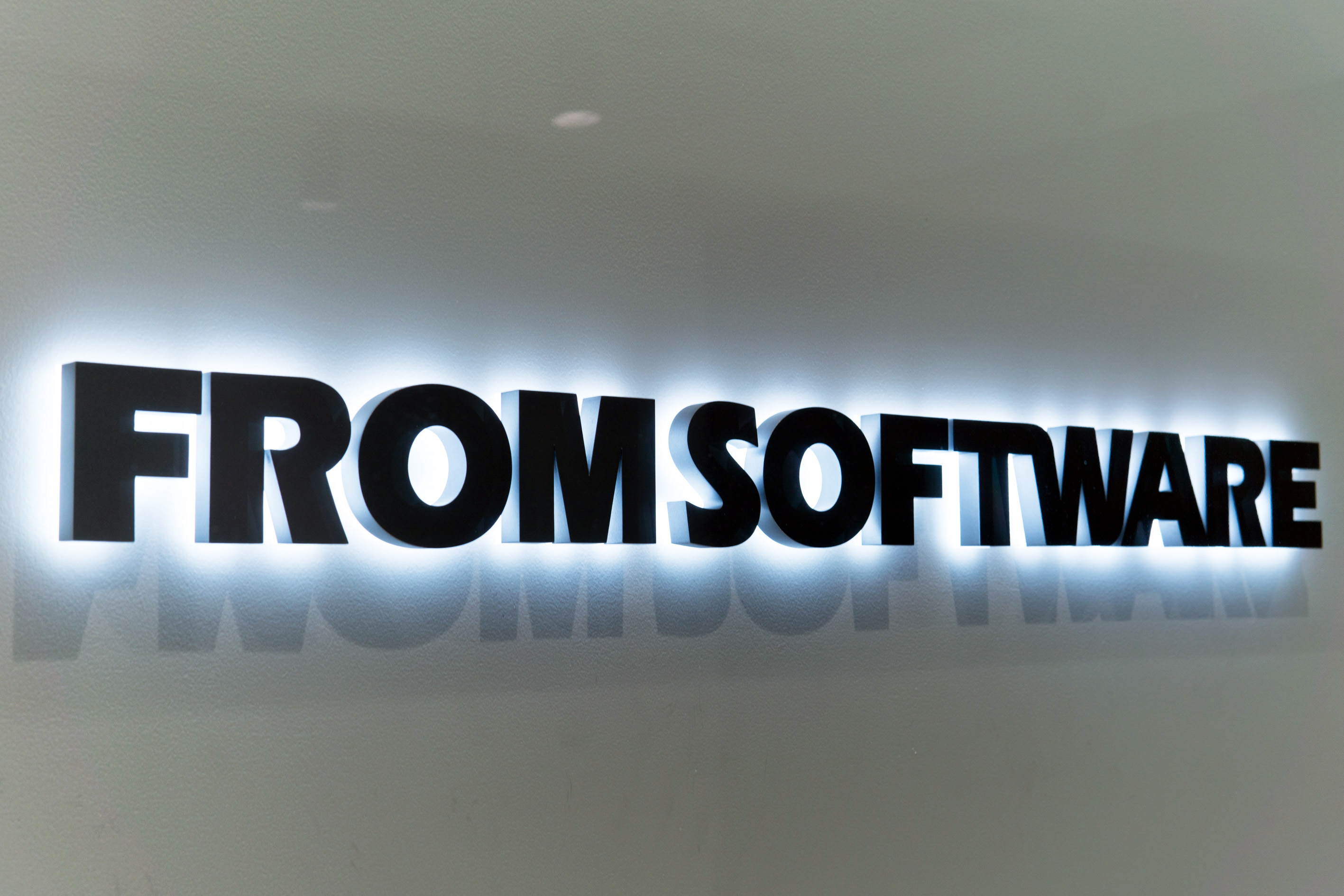

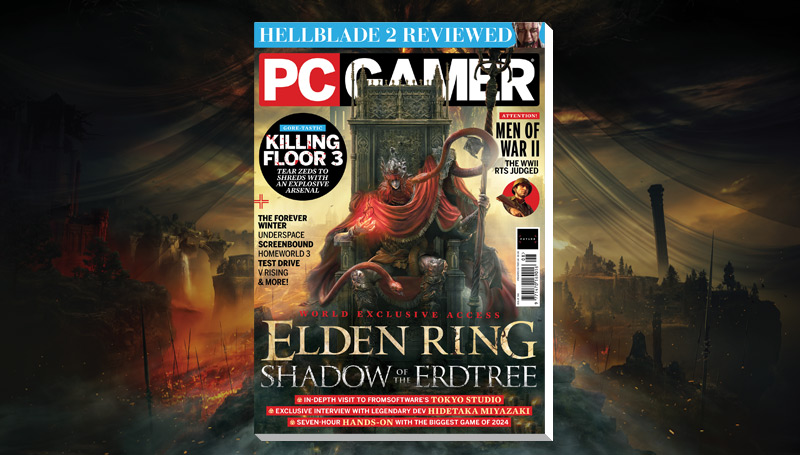
To see this cover story in its full glory (and much more!) consider a print or digital mag subscription.
– US edition (Issue 398)
– UK edition (Issue 386)
Shadow of the Erdtree's new map plays all of FromSoftware's greatest hits with new instruments and a booming mix. There's a stunning vista to gawp over at least once an hour, fields and canyons and castles all voguing to be the centerpiece of a fantasy paperback cover. There are enough new enemies and twists on old ones to come across as a bit of a flex, or an assurance that this isn't just more of the exact same world you've already explored. Towering giants comprised of eternally burning bodies roam the land and shrug off my first tentative attacks like I'm tossing pebbles instead of barrages of glintstone magic; fleeting from one, I run headlong into a cemetery filled with a whole new type of horrible zombified bird. Sorcery, thankfully, is more effective against them.
I'm immediately smitten with two of Shadow of the Erdtree's new weapons, which come from a set of eight wholly new archetypes rather than slotting into the existing arsenals of straight swords and axes and the like. My favorite is the Milady, a fast-swinging “light greatsword” with a graceful two-hit heavy attack that swoops forward with a calligrapher's flourish. A throwing dagger that magically reappears in my hand after every attack fits my eventual faith-focused build even better, letting me keep my distance from all the scary new enemies without burning through all my spell flasks hurling lightning.
Even coming in with a level 120 character, Shadow of the Erdtree is hard. There's a mausoleum 30 seconds from the start that holds an optional boss, the Blackgoal Knight, who tore through my 43 vigor with a single hellish volley of flaming crossbow bolts. After a few instant deaths from full health I took him to be FromSoftware's version of a “You're not in Kansas anymore” sign, a classical open world technique indicating there will be challenges in the Land of Shadow to return to after 10 or 20 hours and face down after steeling yourself with its new leveling system.
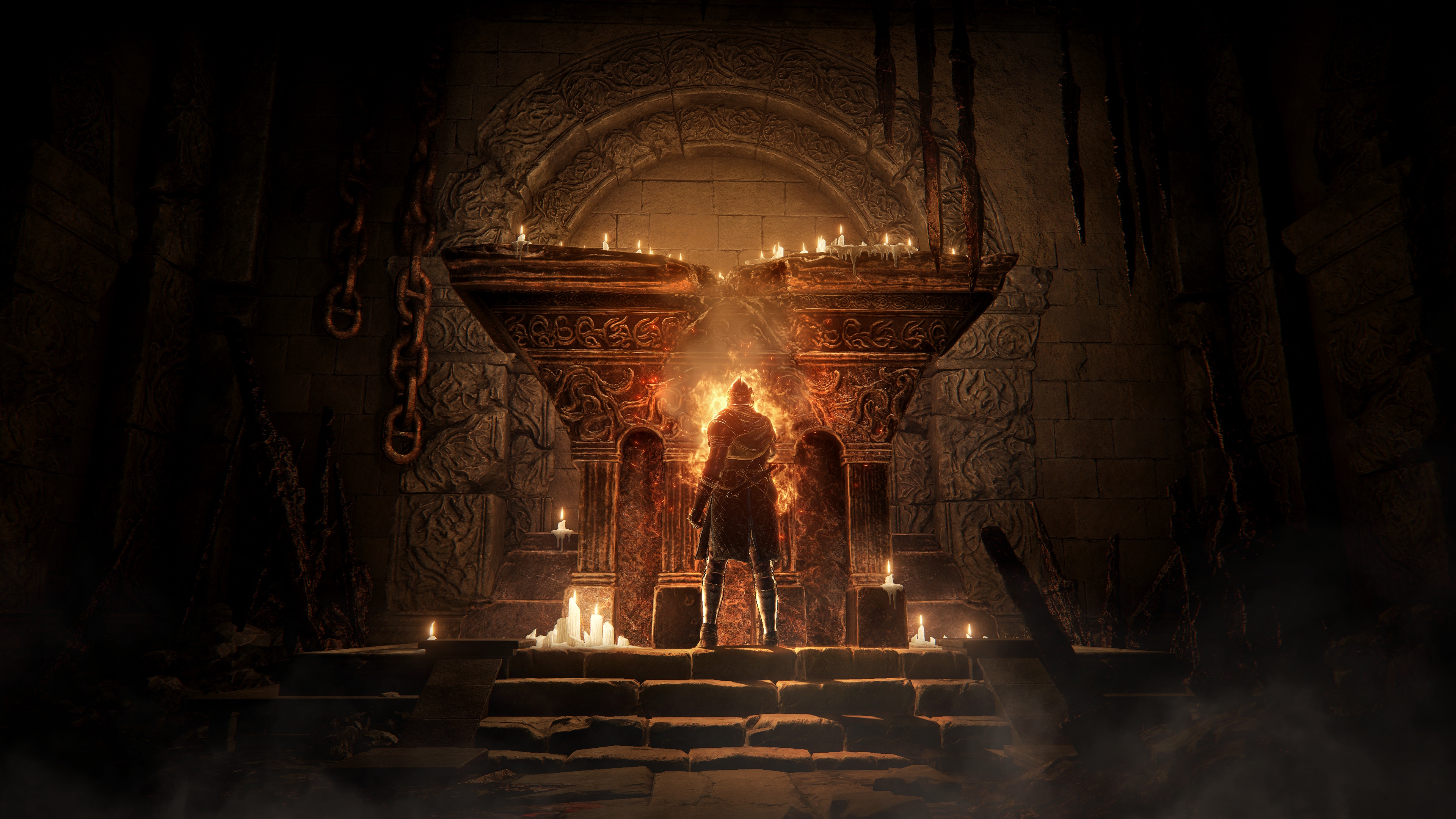
While you still gain runes as normal, a single stat increase means little against these endgame-tuned enemies. Throughout the expansion you'll find Scadutree Fragments, items you can cash in at a site of grace to increase your attack and defense solely in the Land of Shadow (fast travel back to the Lands Between is always available from the map screen, but the buffs won't be active there).
Making a game as large and ambitious as Elden Ring was obviously not without its troubles… but it was also extremely fun
Hidetaka Miyazaki
Some Scadutree Fragments come from defeating bosses, but others are scattered across the open field, usually near glimmering crosses that spawned from Miquella's godly footsteps. At each one he's surrendered a body part—an eye here, an arm there—which his followers are eager to find and (I think?) worship. I don't know what he's going to look like when I finally find him, but I have a feeling it'll make Malenia's Scarlet Rot (a skin condition so nasty it turned the entirety of Caelid into a rotting red pustule) look like a mild case of Rosacea.
Marika's brood is one seriously cursed family, man.
The ethereal grandeur of Shadow of the Erdtree in many moments, though, brought to mind my favorite quote of Miyazaki's, when he told Dark Souls (and Elden Ring) artist Masanori Waragai to depict an undead dragon not with maggots, but to instead “convey the deep sorry of a magnificent beast doomed to a slow and possibly endless descent into ruin.” His ethos as a director remains unchanged nearly 15 years later.
“That's something I've tried to maintain with Elden Ring,” Miyazaki says. “I think what I'm trying to do is depict something beautiful, at the end of the day. How you interpret beautiful is obviously in the eye of the beholder; it doesn't necessarily have to be something physically charming or outwardly beautiful. It can be something inside that lets you empathize with them on a deeper level. To be realistic, I feel something beautiful needs something ugly—something that's depraved or tragic to heighten and embolden that beauty. Something that's just plainly, outwardly always beautiful doesn't have a sense of reality to me. I like to try to create something beautiful within that tragedy.”
Boiling point
The staggering size of Elden Ring's world represented a breakthrough for FromSoftware, both in the freedom it offered and the players it attracted. Selling more than 23 million copies is testament to that fact, as is the company's gleaming new office (or at least the one gleaming hallway I'm allowed to see, which is lined with trophies celebrating From games as old as 2002's Otogi).
These digs, I'm told, are noticeably less drab than the Shibuya tower where Elden Ring was developed, and were needed to house a team that's grown significantly in just the last couple years.
30 years of fantasy: FromSoftware has used sword & sorcery again and again as the basis for obscure, challenging RPGs.
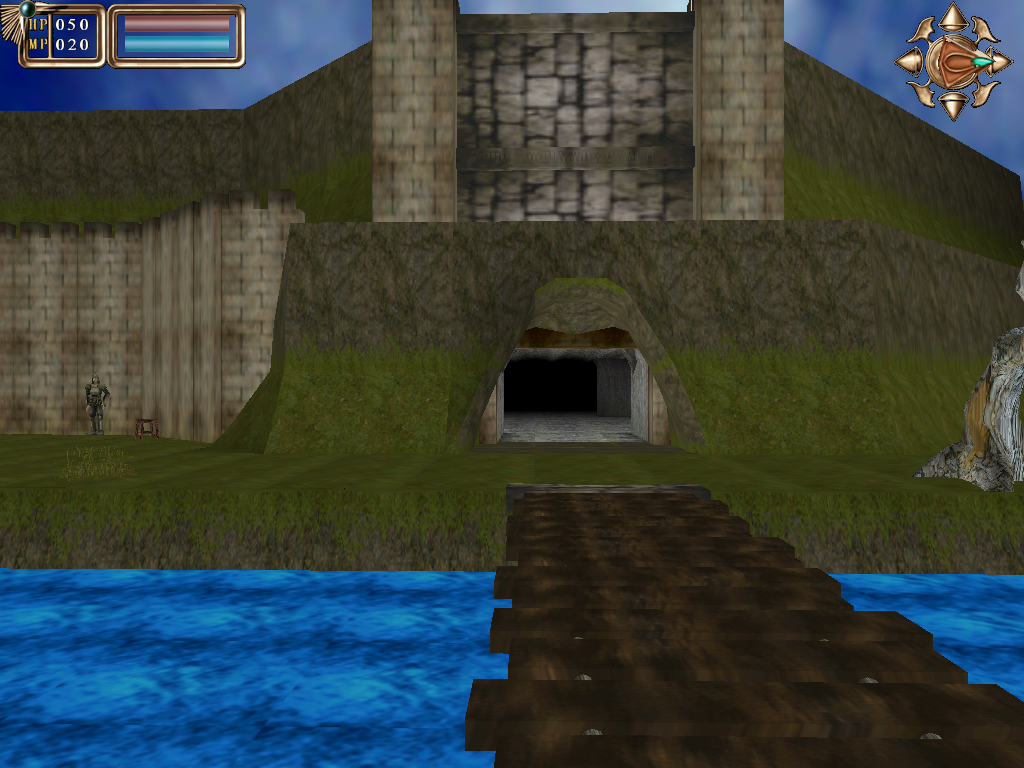


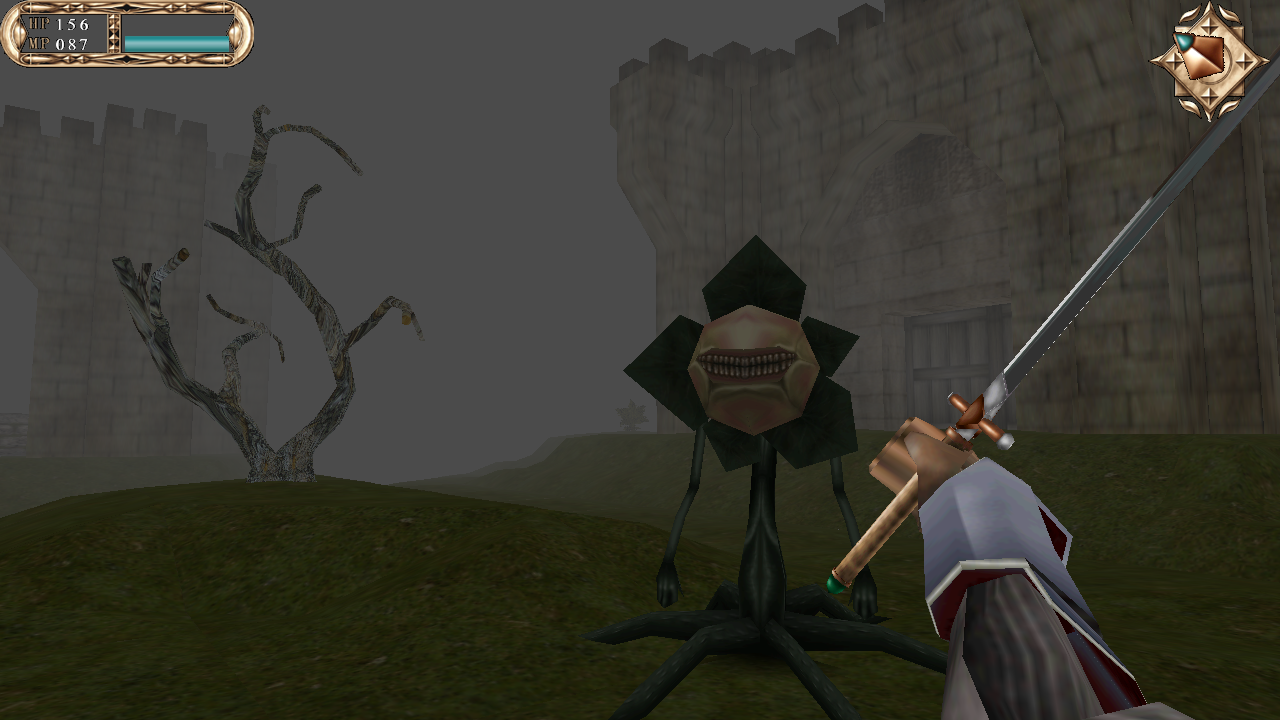

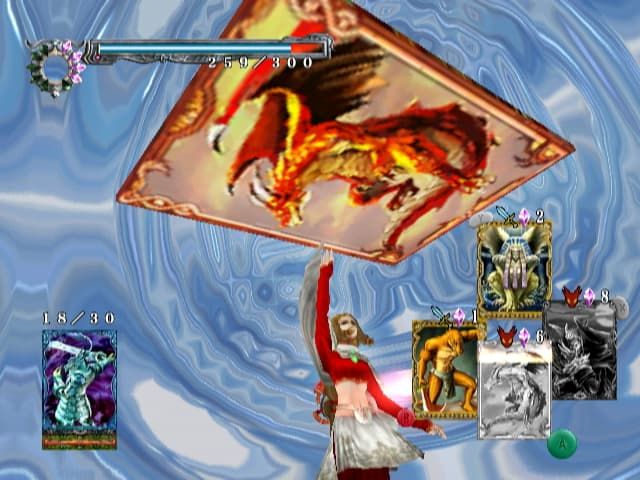


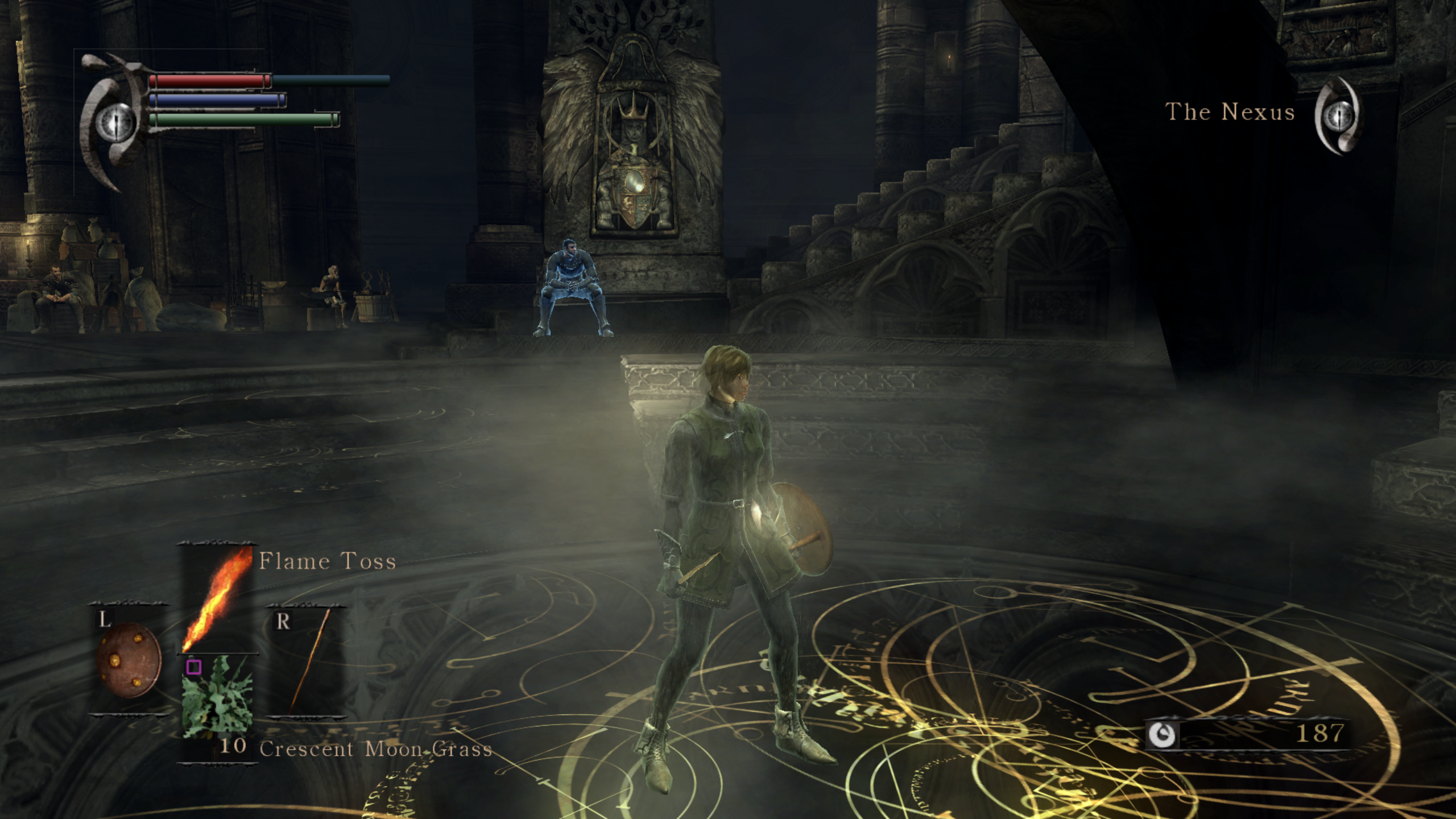
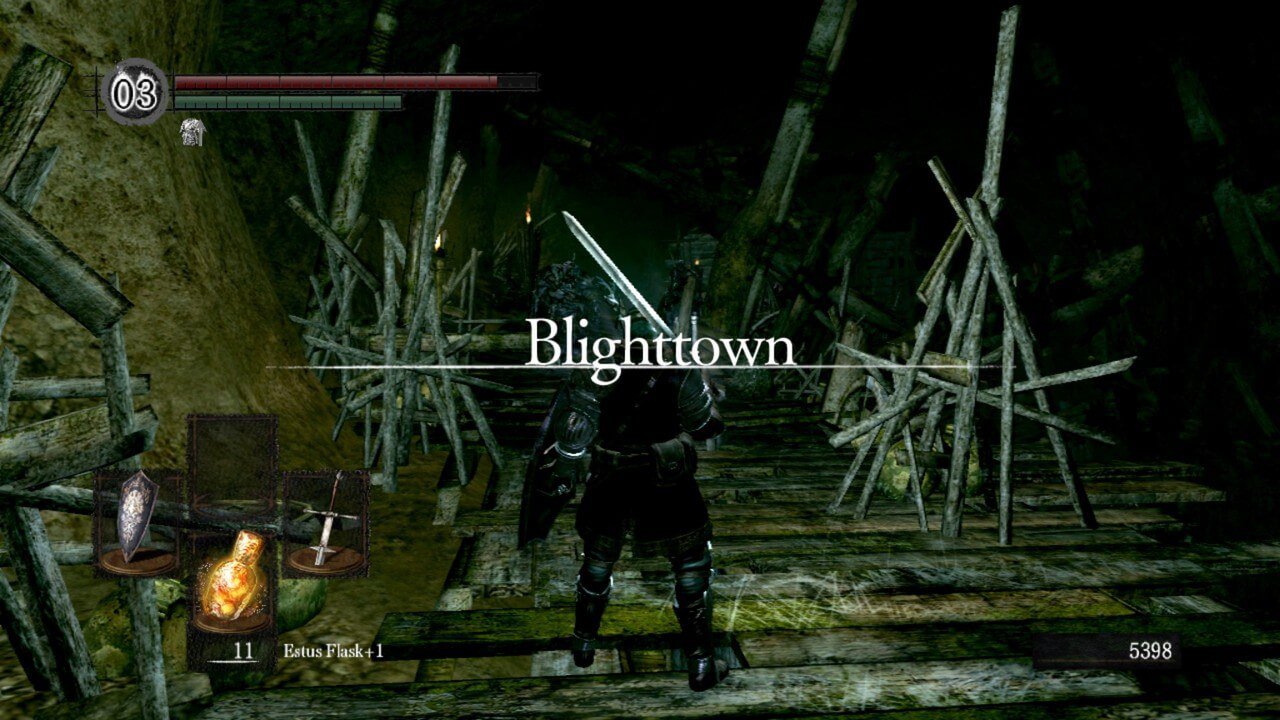
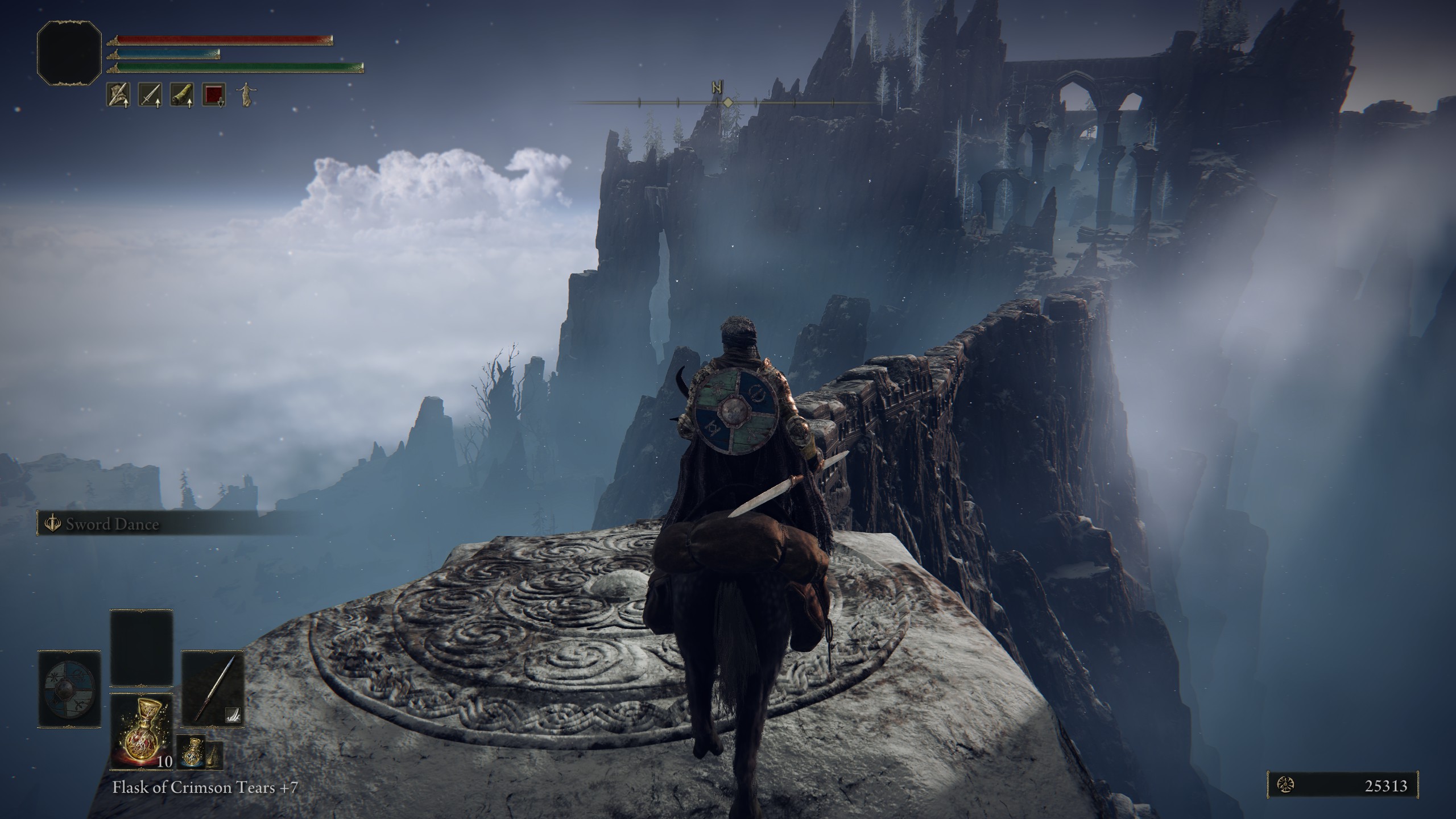
Shadow of the Erdtree reflects the ambition that's growing alongside the company—it's an expansion bigger than some entire RPGs, yet also has a far denser and more intricate map than Elden Ring's The Lands Between. Sheer cliffs carve off plateaus you can see but can't reach without tracing the path of a craggy slope to a possible hidden incline. What promises to be a path towards another useful map fragment turns out to be a misty valley hiding a catacomb.
“What we tried to achieve this time is something that's not quite open field and not quite legacy dungeon, but something that kind of blends the two together and creates that better sense of verticality,” Miyazaki says. “While you do have the large open field area, we wanted to not just capture the sense of scale and granularity, but the sense of variety as well. We tried to add to the variety of how we space out and structure the open field and legacy dungeons.”
Challenges smaller than a Dark Souls level but much more elaborate than a basic enemy outpost feel more naturally placed within the Land of Shadow. A frigid mini-dungeon I stumble into even offers some delicious lore for appreciators of Elden Ring's jar warriors, showing prisoners chained up over bottomless chasms, being melted to pulp inside the corked containers.
“Oh please, not the jar… Anything but that!” cries the spirit of one stuck in jammy purgatory.
Before getting a taste of Shadow of the Erdtree, I hoped that FromSoftware's next game would return to the more intimate structure of Sekiro or Dark Souls—as much as I loved Elden Ring, I found the space between its most interesting encounters and the repetition of some enemies and bosses ultimately exhausting. But Erdtree may represent a path forward, one that makes fuller use of its scale despite just two years of development.

Miyazaki says that “making a game as large and ambitious as Elden Ring was obviously not without its troubles,” pointing to the longer-than-intended development time. But he says it was also “extremely fun,” and recapturing that experience with FromSoft's next game has him visibly jazzed.
“Every time there's things that go well and things that don't go so well. Taking those bits that didn't go so well this time with Elden Ring and incorporating those and improving those in a future title—that's something I'm really excited for.”
Though Miyazaki didn't work at FromSoftware when the company first made its name with the awkward-yet-evocative King's Field series of PlayStation dungeon crawlers, I can't help but see Elden Ring as the culmination of 30 years of steady iteration, the awkwardness steadily dropping away while the action gets better and better.
It's a small thing, but thinking back to the deliberately pokey combat of Dark Souls, I'm shocked by how Capcom-esque the animation on my light greatsword's Wing Pose Ash of War is. Holding the trigger puts me into a graceful wuxia-inspired pose with sword arm outstretched. I wait, wait…then release(!) and spring into an aerial somersault, twirling forward with a diving strike. It feels so good I want to use it over and over, timing my dive to just clear the top of an enemy's lunge.
If Sekiro hadn't already made it clear, FromSoftware's ready to be mentioned in the same breath as Capcom or Platinum, and it's gotten there while also inching each of its RPGs towards fully embodying an '80s dungeon master's teenage dreams.
“You might say that trying to capture that excitement of those old tabletop games and game books was one facet of making Elden Ring,” says Miyazaki. “But I think more than anything it's just my personal preference when it comes to RPGs and exploring fantasy worlds, so you might see some of my personal idiosyncrasies come into play. I'm still in the process of making my ideal fantasy RPG. While Elden Ring is not quite it, it's pretty close. It's getting close.”


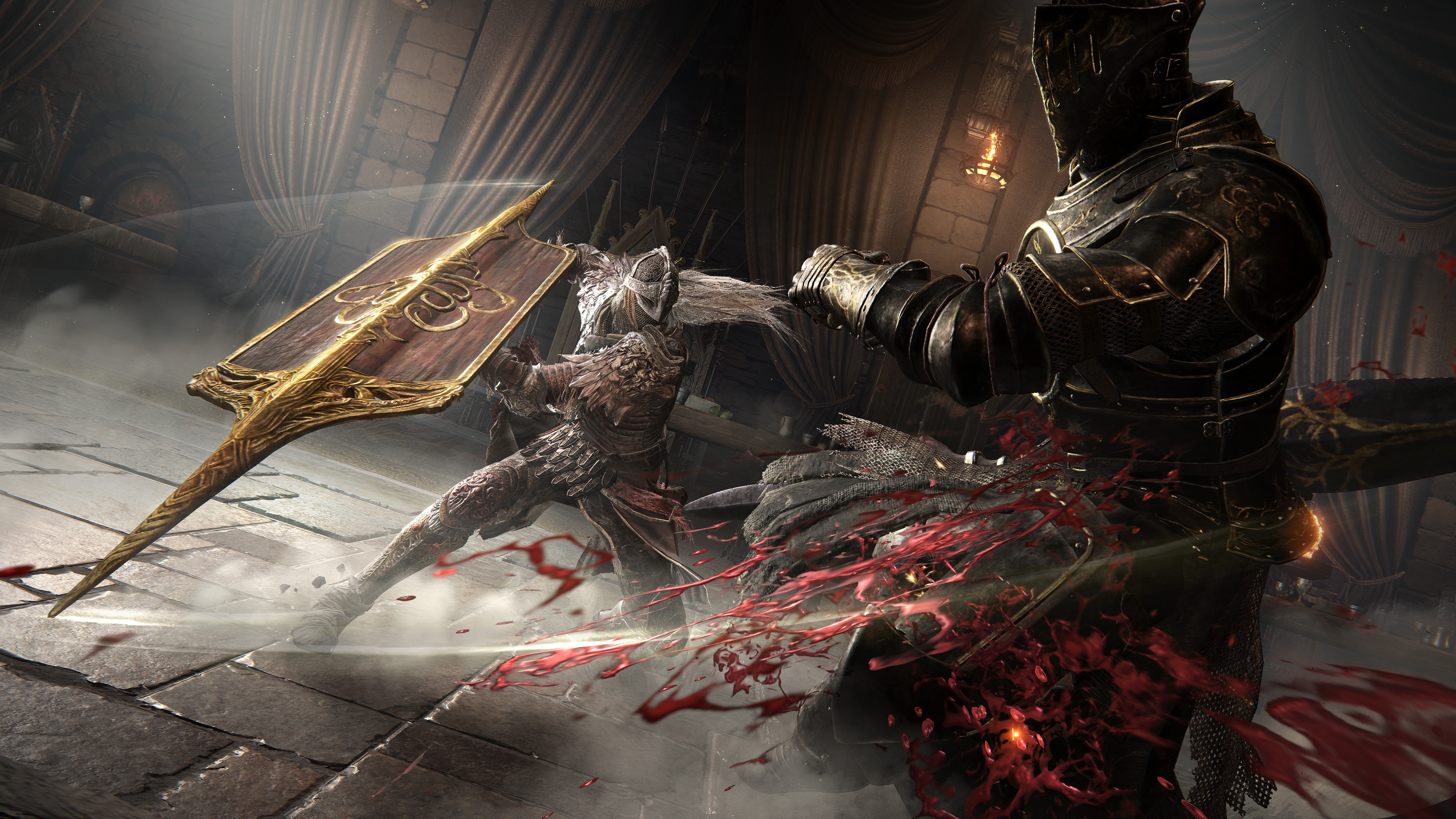
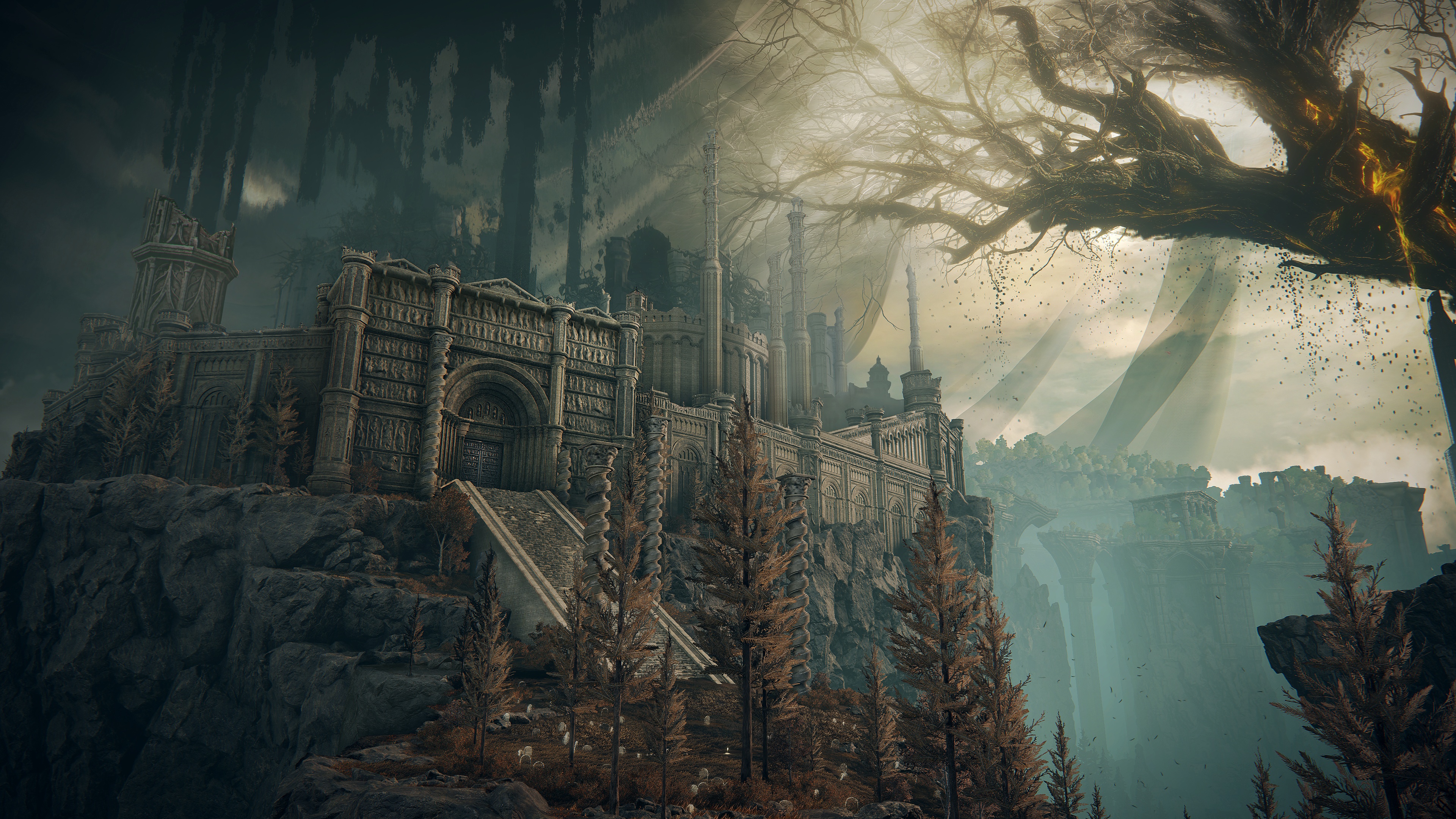
Near the end of my time with Shadow of the Erdtree I conquered the second major boss and made my way into a whole new region of the map. It was an accelerated version of ringing Dark Souls' second bell of awakening: that moment where you've sweated and struggled and then realize: that was just the warm up.
The more you cook something down, the more it releases the flavor
Hidetaka Miyazaki
To the casual eye Shadow of the Erdtree may seem a bit like more of the same, FromSoftware just continuing to do its dark fantasy schtick. In this second generous map zone, you won't be shocked to find a dragon wreaking havoc and a festering swamp to ride through while holding your nose. But the intricacy of this map is going to get people talking the way Dark Souls' Lordran did so many years ago. The placements of enemies is designed to keep you on your toes, punish complacency and even outhink veteran players who think they know which corners to watch for traps.
If Elden Ring was an ambitious double album, so overstuffed with great songs (and the occasional Why Don't We Do It in the Road), this expansion is the tighter follow-up that makes everyone throw up their hands and say, well, by god, they've done it again.
Or maybe this whole album thing's way off base. Hoping for just one more sliver of insight into the man who leads FromSoftware, I ask Miyazaki about his penchant for cooking and spicy food, which he's talked about as both an analogy for his famously difficult games and as one of his few passions outside work. No strokes of genius for Elden Ring came to him while he was in the kitchen—cooking is one of the only times he's able to completely take his mind off work. But sometimes he brings his chef's brain to the office with him.
Elden Ring is, in fact, a stew.
“I enjoy making a stew, because the more you cook something down, the more it boils down the more it releases the flavor,” Miyazaki says. “You can't really get it wrong with the ingredients: you just keep adding to it, keep boiling it, and it gets richer and richer. I think this was my approach in general to Elden Ring… [Shadow of the Erdtree] is spicy, but it looks extremely appetizing. It's glowing from the bowl and makes you think 'maybe I could eat this one, even if I'm not such a fan of spicy food.'”



